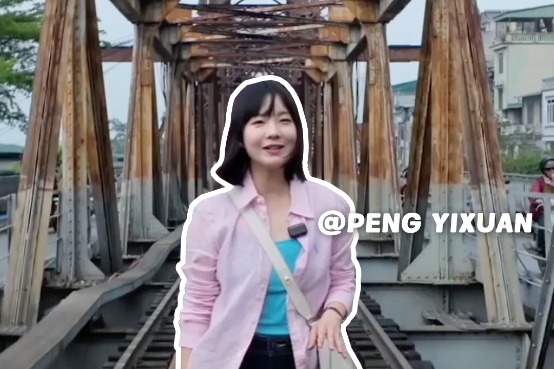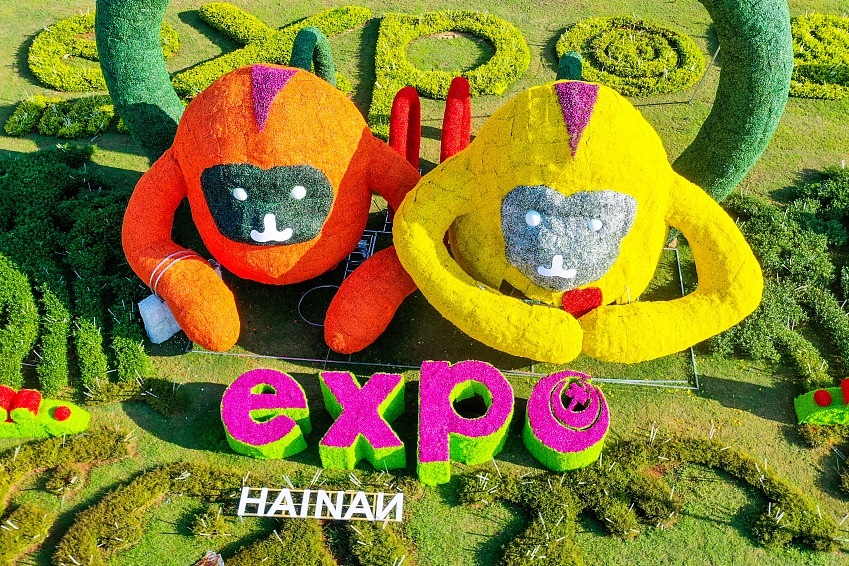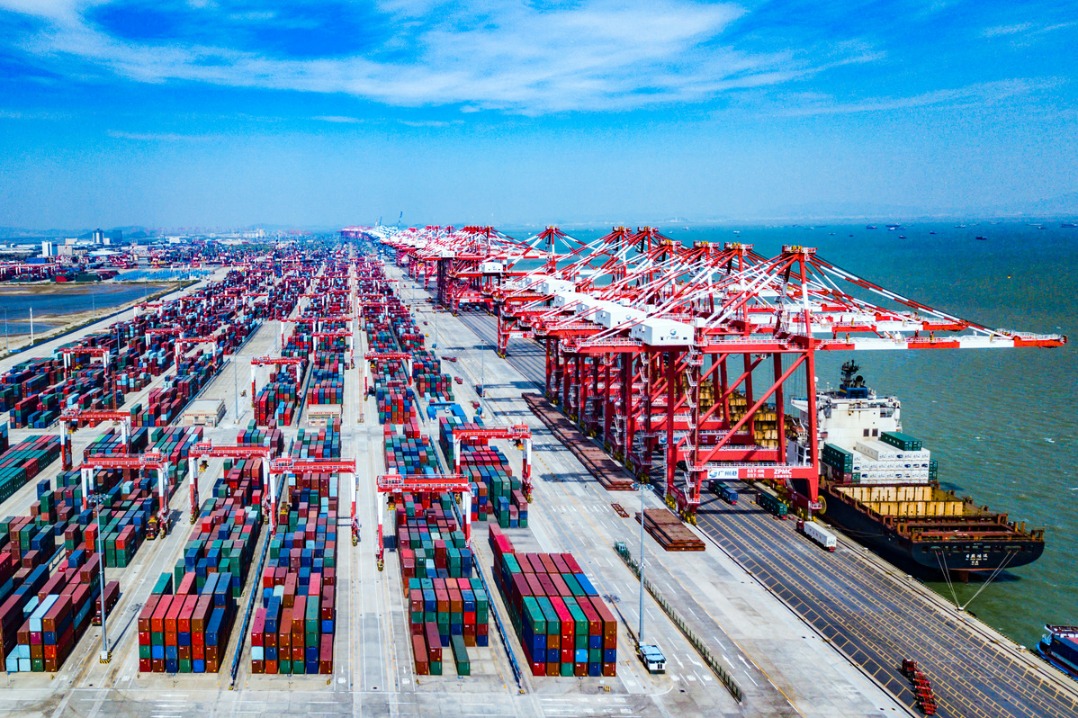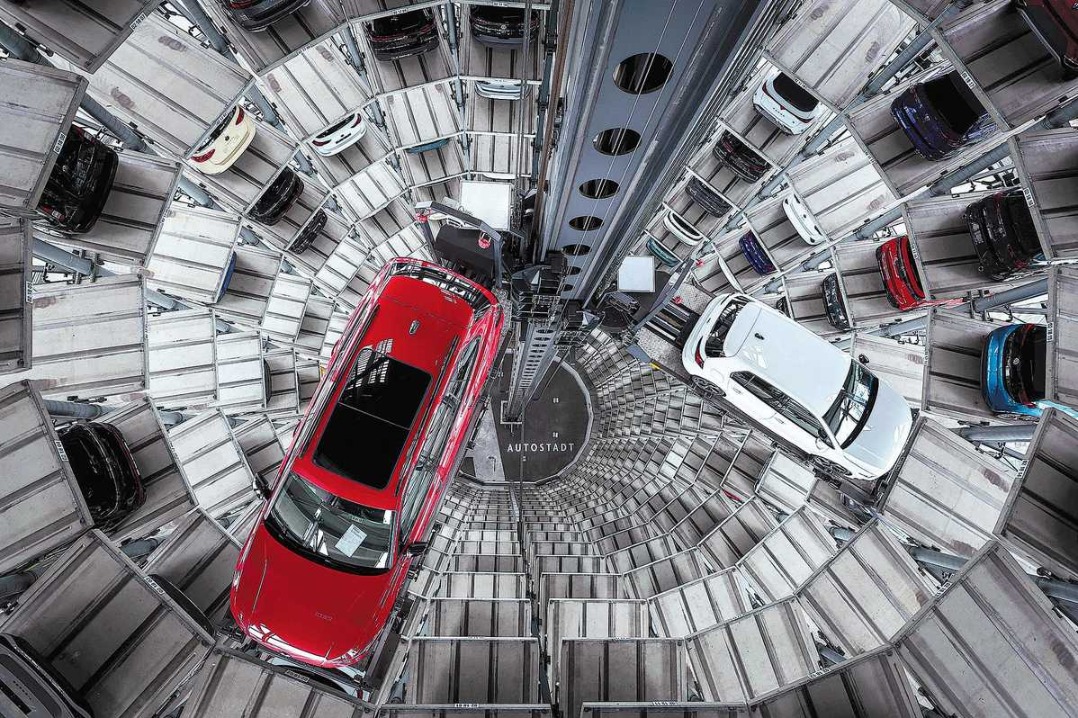Innovative insights unveiled in a cultural relics and technology forum
By Li Yingxue and Wu Yong | chinadaily.com.cn | Updated: 2024-06-12 16:07

On Friday, Liaoning University in Shenyang, Liaoning province, played host to the successful fourth Cultural Relics and Technology Innovation Forum, a pivotal component of the 2024 Cultural and Natural Heritage Day main city event.
Spearheaded by the Science and Technology Education Department of the National Cultural Heritage Administration and hosted by Liaoning University, the forum was designed to disseminate cutting-edge developments in cultural relics technology, fostering a platform for scholarly discourse and collaboration on pivotal national research endeavors.
Drawing a distinguished assembly of over 130 experts and scholars from prestigious institutions such as the Chinese Academy of Social Sciences, the Chinese Academy of Sciences, the National Museum of China, Tsinghua University, Peking University, and Fudan University, the event served as a melting pot of intellectual exchange and innovation.
Pan Yishan, the Party secretary of Liaoning University, underscored the forum's critical role as a catalyst for enhancing the innovation quotient of cultural relics technology, unleashing its latent potential. He emphasized the forum's significance as a crucible for experts and scholars to engage in knowledge sharing, experiential insights, and collective advancement within the field.

Xu Hongying, the deputy director of the Liaoning Provincial Department of Culture and Tourism, articulated Liaoning's mission to spotlight the profound value of its cultural relics and the unique facets of Chinese civilization, while also showcasing the latest strides and accomplishments in cultural heritage evolution.
The forum unfolded through four dynamic academic sessions and featured a comprehensive array of 16 scholarly presentations, delving into the realms of technological breakthroughs in cultural relics preservation, archaeological exploration, resource administration, and risk mitigation strategies. These discussions served as a beacon of enlightenment, illuminating the path toward a more innovative and resilient future for cultural heritage stewardship.

























